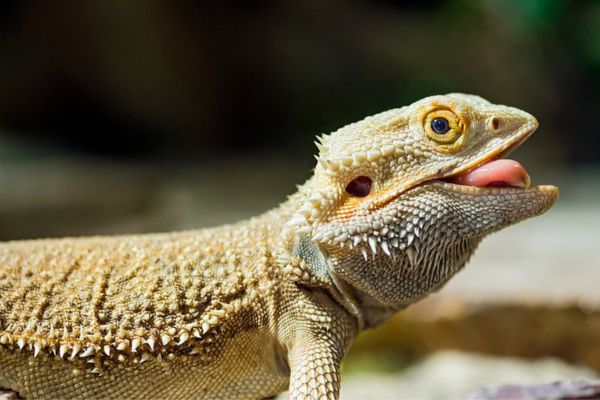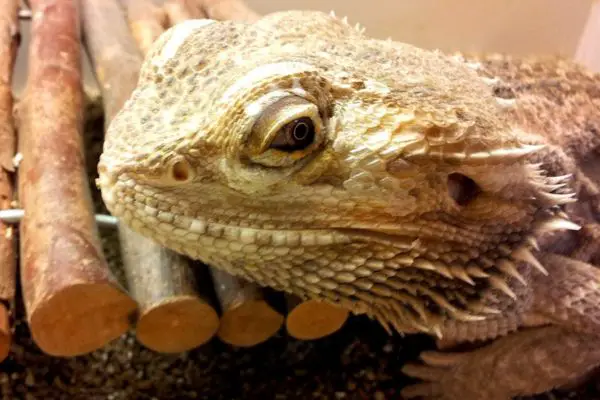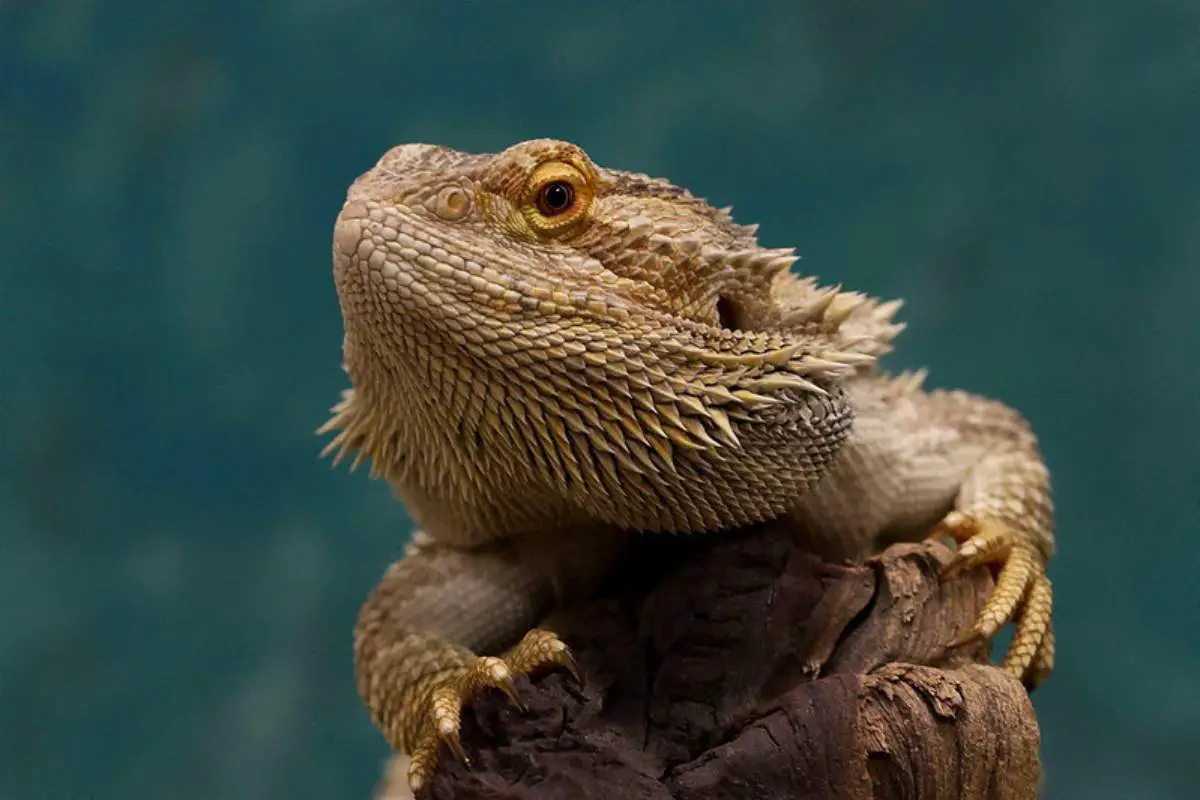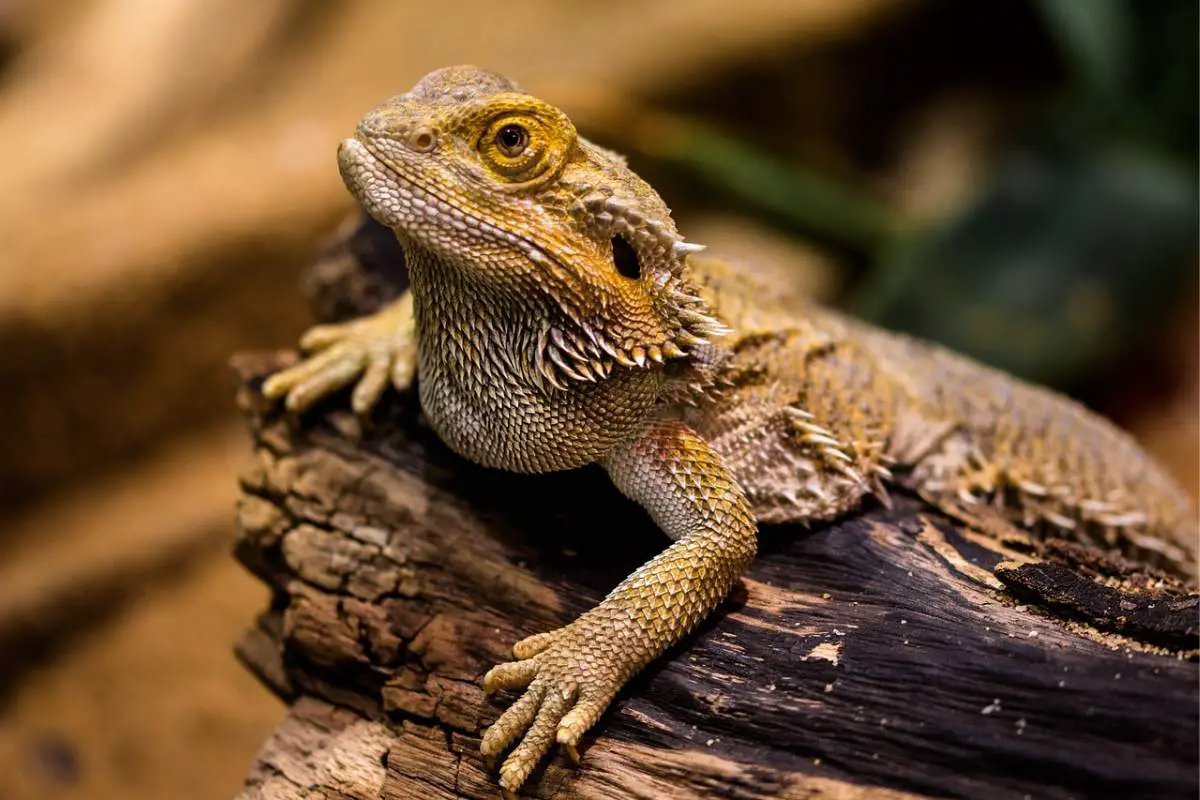Many people adore bearded dragons and choose to keep them as pets due to their charming nature and unique appearance. As social and gentle animals, they are friendly and easily respond to their human companions. However, these special pets have unique needs that differ from common pets such as cats and dogs. Knowing about the bearded dragon’s senses will give you an important edge in understanding and caring for your beloved reptile.
Bearded dragon senses
In this article, we’ll explore the sensory perception of these animals and look into the extraordinary adaptations that set them apart from other creatures.
1. Smell

When it comes to identifying their environment, bearded dragons rely heavily on their sense of smell. By smelling the air, they can detect the presence of food, predators, or even companions in their surroundings. If you have observed your bearded dragon extending its tongue, it’s not due to an attempt to taste the air, but rather a means of smelling the surrounding environment.
Jacobson’s organ
Having to smell with the use of their tongue is made possible by their specialized organ known as Jacobson’s organ. This organ, also called the vomeronasal organ, plays a crucial role in their olfactory system.
It allows them to capture odor particles by using their tongues and pulling them back into their mouth. Once these particles come into contact with Jacobson’s organ, it translates the information, allowing the beardies to identify and understand what is present in their surroundings.
2. Touch
Despite having rough and textured skin, beardies can feel when they are touched. Bearded dragons have nerve endings that let them experience various tactile sensations, and they can perceive the gentle strokes you do to them, which can be quite pleasurable for some of your bearded dragons.
However, since these animals don’t have many nerve endings in their underbellies, it can be difficult for them to sense heat or cold in their abdominal area easily.
Because of this, they frequently suffer burns in this area, particularly when they are out in the wild. Since they can’t absorb water through their skin like other reptiles do, their bumpy skin, especially on the head, also serves the purpose of collecting water so they may stoop down and sip it through their mouths, which is an excellent way to survive in their natural habitat when water is scarce.
3. Hearing

If you’re wondering whether your pet reptile can respond to your voice or any sound in its environment, the answer is yes because these species can hear. Even though they don’t have as good hearing as humans or other animals, they can still identify and hear sounds ranging in frequency from 500 to 4,000 hertz.
As a result, they won’t be able to hear the lower-hertz animal growls, the rolling thunder, or higher-frequency sounds like the piccolo’s high notes. However, beardies can still hear your voice, particularly if you speak more frequently.
This is because the average person’s speaking voice typically falls within the range of 80 to 255 hertz, which happens to be below the normal range that beardies can hear.
4. Sight
These animals rely heavily on their sense of sight for their survival, allowing them to see their surroundings and identify potential threats, a suitable environment to live in, potential mating partners, or food sources. Due to their diurnal activity pattern, their eyes have adapted to bright light, and they have difficulty seeing in the dark.
Aside from that, bearded dragons struggle to maintain focus on objects directly in front of them due to the placement of their eyes on the sides of their heads.
But your bearded dragon has a greater advantage than you when it comes to colors. Since they have four types of cones, they can pick up a wide range of colors, which isn’t possible for humans as we only have three types of cones.
Parietal eye

If you’re curious about why these particular creatures react quickly to stimuli above them despite not looking upwards, it’s because these beardies have a unique third eye situated above their heads. This eye, also known as the parietal eye, acts as the bearded dragon’s window to the pineal gland in its brain.
Since it lacks an iris and isn’t even attached to the optic nerve, it can’t perform the same functions as its normal eye. However, they utilize their third eye to perceive the presence of darkness, light, and shadows. This ability lets them determine if something is above them, although the details of the object may not be obvious.
5. Taste
A bearded dragon has another interesting habit that can be easily noticed: it sticks out its tongue to ‘taste’ its surroundings. However, as previously mentioned, this reptile smells by using its tongue with the help of Jacobson’s organ. So, rather than trying to taste you, your bearded dragon is trying to smell you when it licks you.
However, when it comes to identifying taste, these animals can distinguish a wide range of flavors. Their taste buds are located on their pharynx, tongue, and oral epithelium, and although our knowledge about their taste perception is only limited, some research suggests that their sense of taste isn’t that excellent compared to other animals.
Sources:
- “Reptiles and UVB”, Zoo Med Laboratories, Inc., zoomed.com

